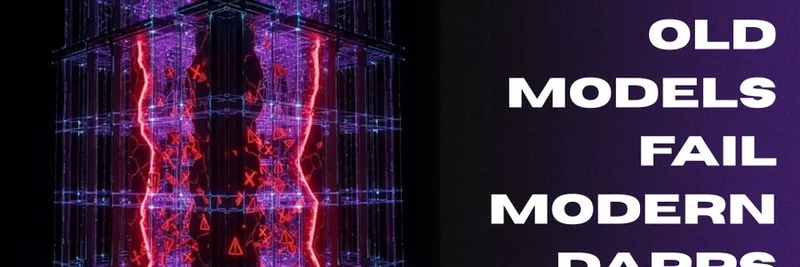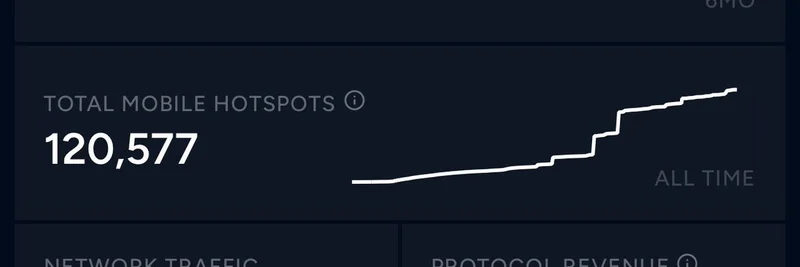In the fast-paced world of blockchain, where meme tokens can skyrocket or crash in seconds, reliable infrastructure isn't just nice to have—it's essential. A recent tweet from FluxRPC hits the nail on the head: "Latency, outages, bad data. They all trace back to one flaw: a broken validator-proxy model. Modern dApps deserve better. We built FluxRPC to deliver speed, reliability, and truth. Free for 30 days → https://fluxrpc.com/pricing."
If you're scratching your head wondering what all that means, don't worry—let's break it down step by step.
Understanding the Validator-Proxy Model
First off, what's an RPC? It stands for Remote Procedure Call, but in blockchain terms, it's basically the gateway that lets decentralized applications (dApps) talk to the network. Think of it as the bridge between your meme token trading bot and the Solana blockchain, fetching data like transaction statuses or account balances.
The traditional setup relies on a validator-proxy model. Validators are the nodes that confirm transactions on the blockchain, and proxies act as middlemen to route requests efficiently. Sounds good in theory, right? But as dApps have evolved—especially with the explosion of meme tokens on high-throughput chains like Solana—this model starts showing cracks.
High traffic from viral meme launches or pump-and-dump schemes can overwhelm these proxies, leading to delays (latency), complete downtimes (outages), or even inaccurate info (bad data). Imagine trying to snipe a hot new meme token only for your transaction to fail because the RPC couldn't keep up. Frustrating, to say the least.
Why Modern dApps Need a Rethink
Meme tokens thrive on speed and hype. Projects like those on Solana, where transactions fly at thousands per second, demand infrastructure that doesn't buckle under pressure. The old model was built for a simpler time, before dApps became as complex as full-fledged apps with real-time trading, NFT minting, and DeFi integrations.
FluxRPC, fresh off winning first place in the Solana Breakout Hackathon, calls this out directly. They're pointing to a systemic issue: the validator-proxy setup isn't engineered for today's chaos. And in the meme token space, chaos is the name of the game—sudden surges in activity can make or break fortunes.
FluxRPC: Built for Speed and Reliability
Enter FluxRPC, a solution "engineered for chaos, optimized for speed." Unlike traditional models, they've rebuilt from scratch to handle massive loads without the usual pitfalls. No more credit-based systems that throttle you when you need it most—just pure performance.
What does this mean for you? If you're a developer building the next big meme token launcher or a trader relying on bots for quick trades, FluxRPC promises lower latency, fewer outages, and accurate data. They're even offering a free 30-day trial, so you can test it out without commitment. Head over to their pricing page to get started.
In a world where meme tokens can turn small investments into life-changing gains (or losses), having reliable RPC access could be the edge you need. FluxRPC's approach isn't just an upgrade—it's a necessity for keeping up with the blockchain's wild side.
The Bigger Picture for Meme Token Enthusiasts
This isn't isolated tech talk; it's directly tied to the meme economy. Solana's ecosystem, home to countless meme tokens, has seen its share of network hiccups during peak times. Better RPC services like FluxRPC could stabilize things, making it easier for everyone from casual holders to hardcore degens to participate.
As blockchain tech matures, innovations like this will filter down to make meme tokens more accessible and fun. Keep an eye on FluxRPC—they're not just fixing problems; they're setting a new standard. If you're deep into crypto, consider how upgrading your RPC could supercharge your setup. After all, in memes, timing is everything.



